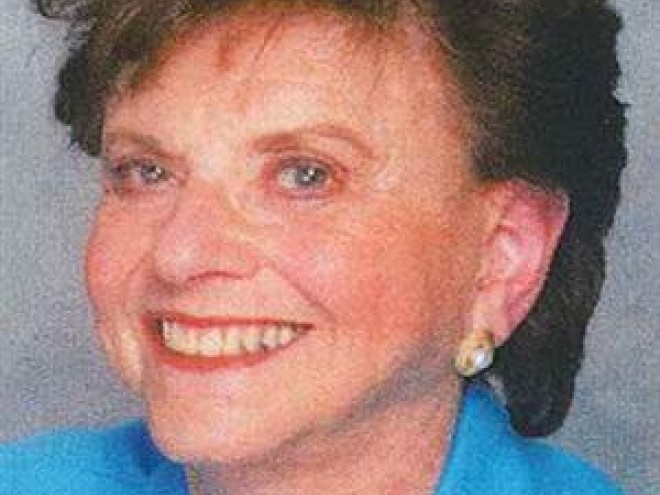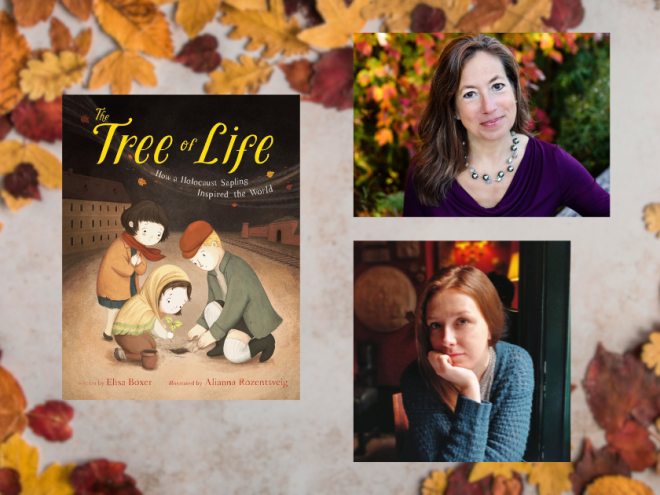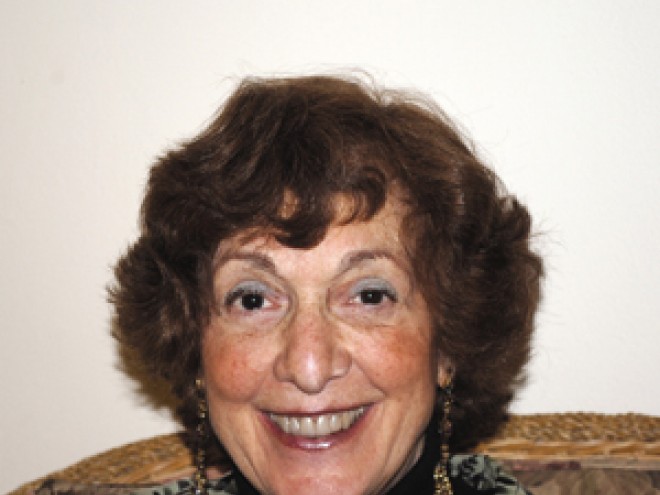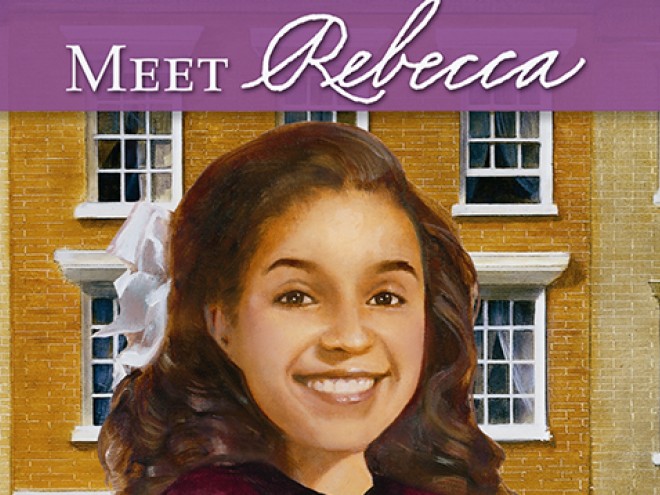
Editor’s Note: We are frequently asked by parents, teachers, and others a perplexing question: At which age and at which stage it is appropriate to introduce books about the Holocaust to young children? Publishers’ suggested age ranges for their materials vary and do not always seem to match the content they present in the pages of their books. This is often reflected within our reviews, with our reviewers noting that while a book may have great value in many ways and may be filled with beautiful art or poetic language, it is not necessarily right for its intended age group. With so many children’s books on the Holocaust being published in the past few years, it’s become a confusing issue which has led to a staggering number of inquiries. Therefore, we decided to consult an expert in the field of Holocaust literature for her take on this important topic.
 Before we present books to children from ages 4 – 8 on a subject such as the Holocaust, we should provide stories about playing fairly, choosing sides, bullying, and standing up for a classmate or animal that is being mistreated. Each person passes through learning stages depending on physical and mental characteristics and upon the interaction of individual and environmental factors like whether they have become familiarized with the concepts of taking sides, helping a weaker being,bullying, etc. Developmental and emotional maturity of children vary because of the above, and according to age. Even when the words of stories are able to be read by bright younger children, that does not mean that analytical and critical thought is present. It occurs later, by Grade Five at the earliest, for the brightest, most mature students. It depends on their schooling, reading ability, home experiences and the communities in which they live. We can give children books on parent figures and children being mistreated by other adults, but not until they are at least 10 years of age. There are several stages to understanding what one is reading and why the action is happening. Why do we think that children under 10 or 12 are ready for this? The next step in reading incorporates more than one point of view and includes motivation for the action and the fuller development of the characters in the story. The reader has to be able to deal with the layers of facts and add concepts to those acquired earlier. Usually, this begins in early high school.
Before we present books to children from ages 4 – 8 on a subject such as the Holocaust, we should provide stories about playing fairly, choosing sides, bullying, and standing up for a classmate or animal that is being mistreated. Each person passes through learning stages depending on physical and mental characteristics and upon the interaction of individual and environmental factors like whether they have become familiarized with the concepts of taking sides, helping a weaker being,bullying, etc. Developmental and emotional maturity of children vary because of the above, and according to age. Even when the words of stories are able to be read by bright younger children, that does not mean that analytical and critical thought is present. It occurs later, by Grade Five at the earliest, for the brightest, most mature students. It depends on their schooling, reading ability, home experiences and the communities in which they live. We can give children books on parent figures and children being mistreated by other adults, but not until they are at least 10 years of age. There are several stages to understanding what one is reading and why the action is happening. Why do we think that children under 10 or 12 are ready for this? The next step in reading incorporates more than one point of view and includes motivation for the action and the fuller development of the characters in the story. The reader has to be able to deal with the layers of facts and add concepts to those acquired earlier. Usually, this begins in early high school.
So why are we writing, illustrating, reviewing and buying books on a subject that belongs at the earliest for a child of ten years old for younger children? There are at least five recent picture books of stories about concentration camps, beautifully written and illustrated. They are not for the picture book group (3−6 or 4 – 8), but for children from the age of ten and up, who are well able to read full length books and may not read picture books. Authors write and illustrators draw and publishers publish stories about the Holocaust for children who are not ready to receive them to make money, and we all fall into their trap. Some of them are lovely and well done, but in my opinion, premature.
Often books of this type are used by teachers of older children when they present the Holocaust in the classroom. In that setting, they have a more practical use. Books of this type are perfect to use with children of ages 10 – 14 as the language used in these books is usually too mature for picture book readers but just right for slightly older children. A photograph is more static. The illustrations in these books utilize color and other tools of art to communicate danger, despair, fright, and soon — values that are not communicated in photographs, but that impact older children immediately. Straight text communicates facts. Picture story books communicate feelings as the illustrations enter their emotional portal.
The message is that when teaching the Holocaust, start with a picture story book for any age. It readies the children emotionally to learn more about this topic.
Marcia W. Posner, Ph.D., of the Holocaust Memorial and Tolerance Center of Nassau County, is the library and program director, and author of the play Smoke and Mirrors: Delusion and Despair: The Story of Terezin, now on tour among Long Island Public Libraries as a follow-up to the best selling novel The Lost Wife by Alyson Richman.
Related Content:
- Reading List: Holocaust Books for Young Adults
- The Book Thief by Markus Zusak
- Anne Frank: The Anne Frank House Authorized Graphic Biography by Sid Jacobson and Ernie Colón



